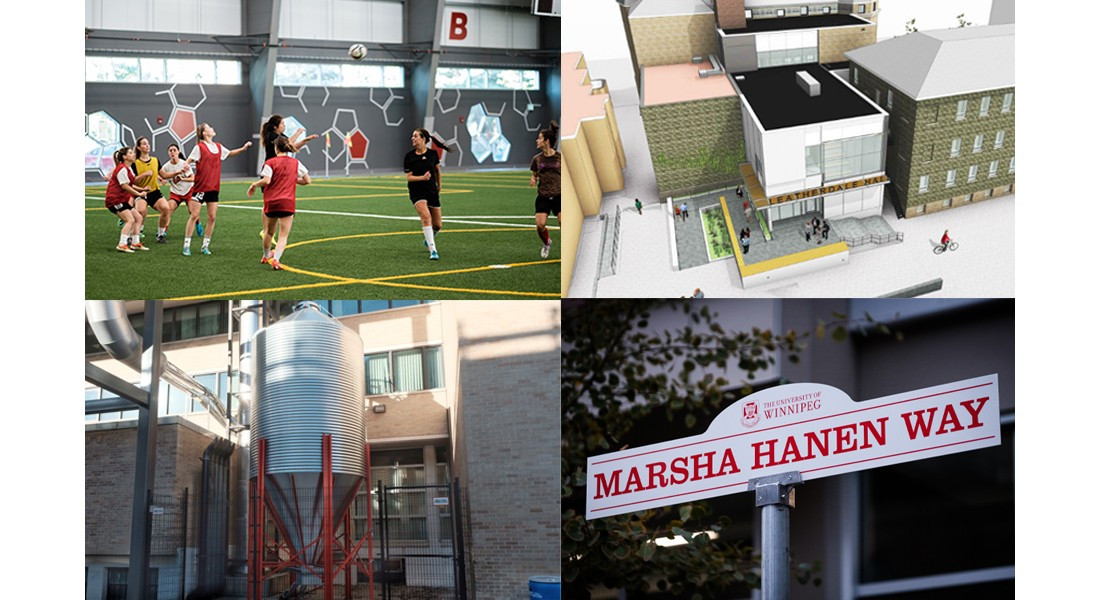Rapid, massive, transformational change
A look at U of W’s last decade
Over the past decade, the University of Winnipeg (U of W) has experienced significant change and transformation. During this time, the university has, among many things, had two presidents, added new programs and rapidly expanded its campus.
According to the U of W, it has invested $217 million in construction and renovation over the last decade. New campus buildings include Richardson College for the Environment and Science Complex, the Buhler Centre and the Axworthy Health & RecPlex.
Over the years, The Uniter has reported on this rapid campus development, highlighting the university’s successes and missteps. For instance, an article published on Jan. 20, 2011 described complaints students had about the recently opened Buhler Centre, citing noise and design issues.
Another important facet of the university that has changed over the last decade is its focus on Indigenous issues. Megan Lindell, a U of W student working on her bachelors of arts and business administration, believes that the university has, overall, done well. Lindell is the founder of the Indigeneity Association.
“I think we’re really lucky to be in an institution that understands that there’s more than one worldview and that that colonial history exists,” she says.
“We have a solid foundation to accelerate a greater understanding of Indigeneity.”
One of the notable steps the U of W took was its implementation of an Indigenous course requirement for all undergraduate students, beginning in 2016.
Other important academic changes have also occurred. Since 2010, the U of W has introduced new programs, including a master’s in cultural studies with a focus in curatorial practices, an interdisciplinary bachelor’s in disability studies, a network security diploma and a bachelor of arts in dance.
As the university has expanded its academic offerings, undergraduate enrollment has gradually increased from 8,933 students in 2010 to 9,415 in 2019. The most drastic difference, however, has been international student enrollment, which went from 426 in 2010 to 1,250 in 2019.
While enrollment in the Faculties of Arts and Education has not significantly changed, enrollment in the Faculty of Science has doubled. It’s tripled in the Faculty of Business and Economics and has increased seven-fold in the Faculty of Kinesiology and Applied Health.
For Dr. Shauna MacKinnon, chair of the U of W’s Department of Urban and Inner City Studies, one of the major changes to universities in the past decade has been the “increasing pressure on universities to provide education aligned with work outcomes.”
In fact, the Government of Manitoba recently sent mandate letters to the U of W and other post-secondary institutions.
“This is troubling from the perspective of someone who teaches in the Faculty of Arts and believes that universities are important spaces for students to learn for the sake of learning, to explore subjects that they feel passionate about, to think critically about the world,” she says in an email to The Uniter.
As the U of W embarks on the next decade, it will start it with a new chancellor, Barb Gamey, and a new yet-to-be-appointed president.
Published in Volume 74, Number 24 of The Uniter (April 2, 2020)







